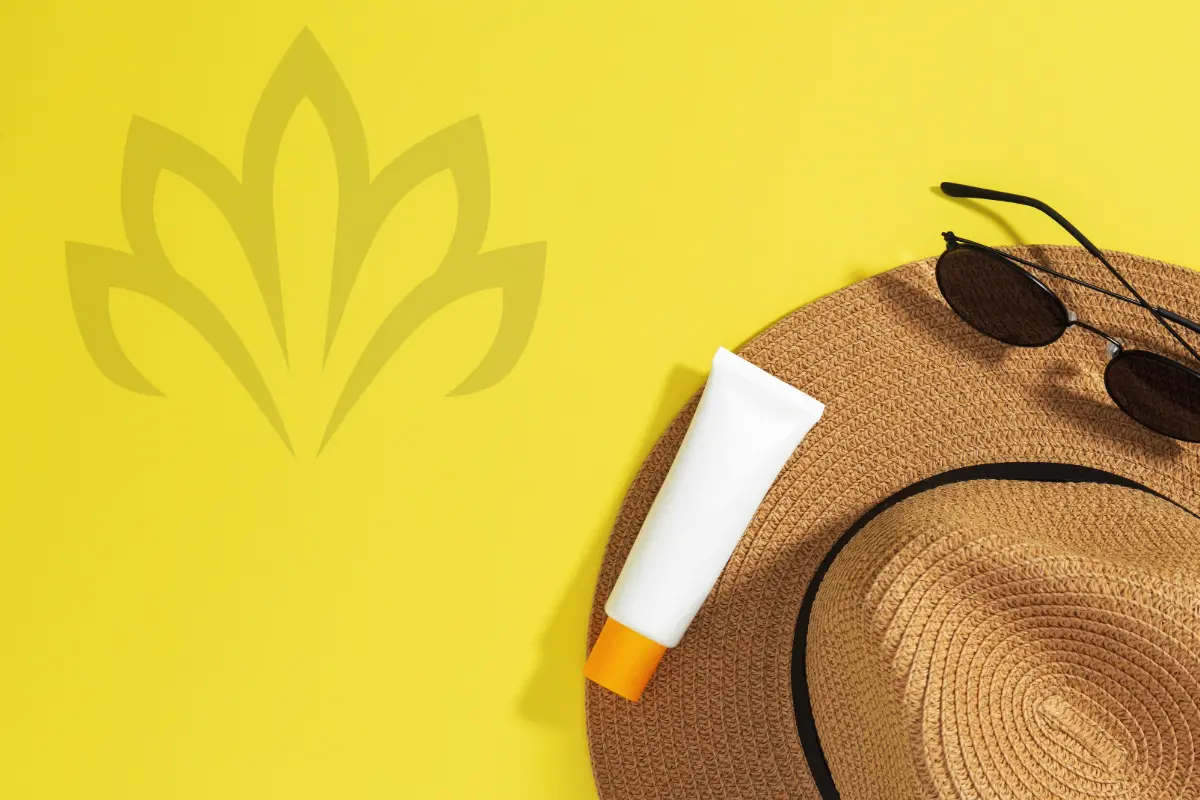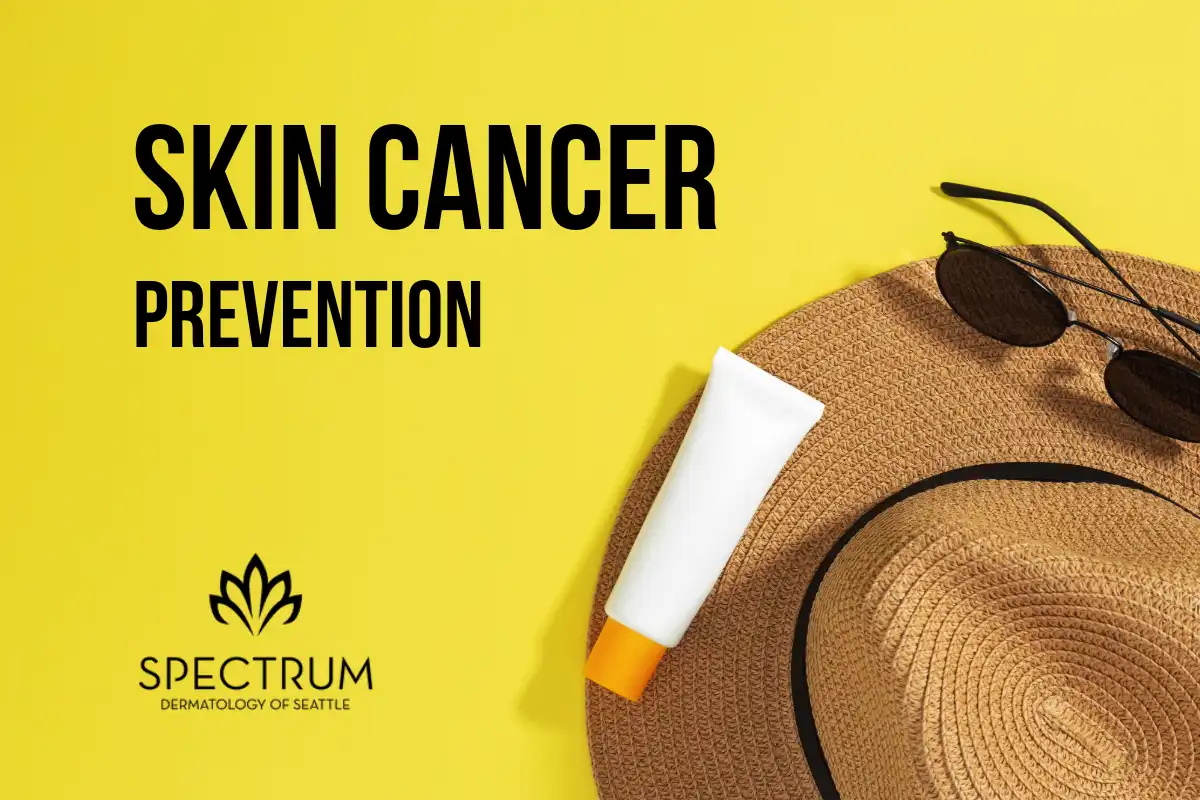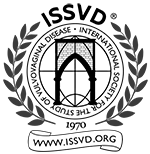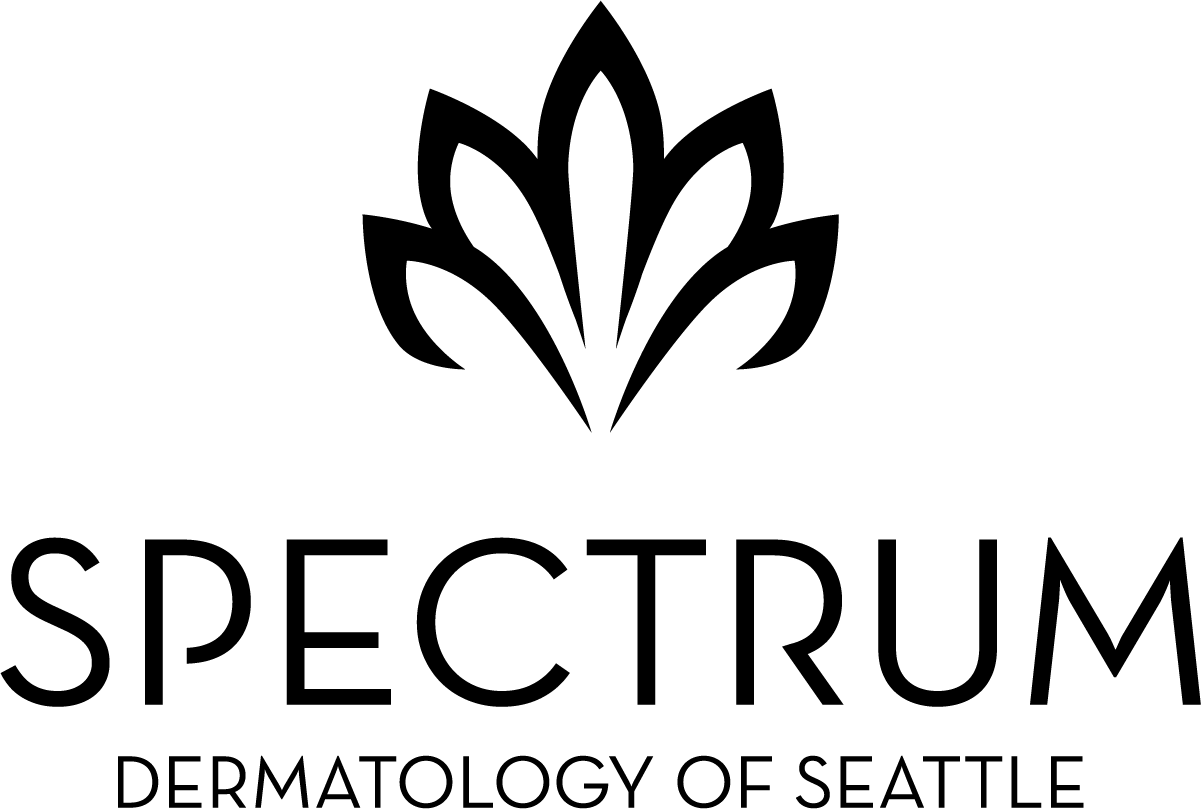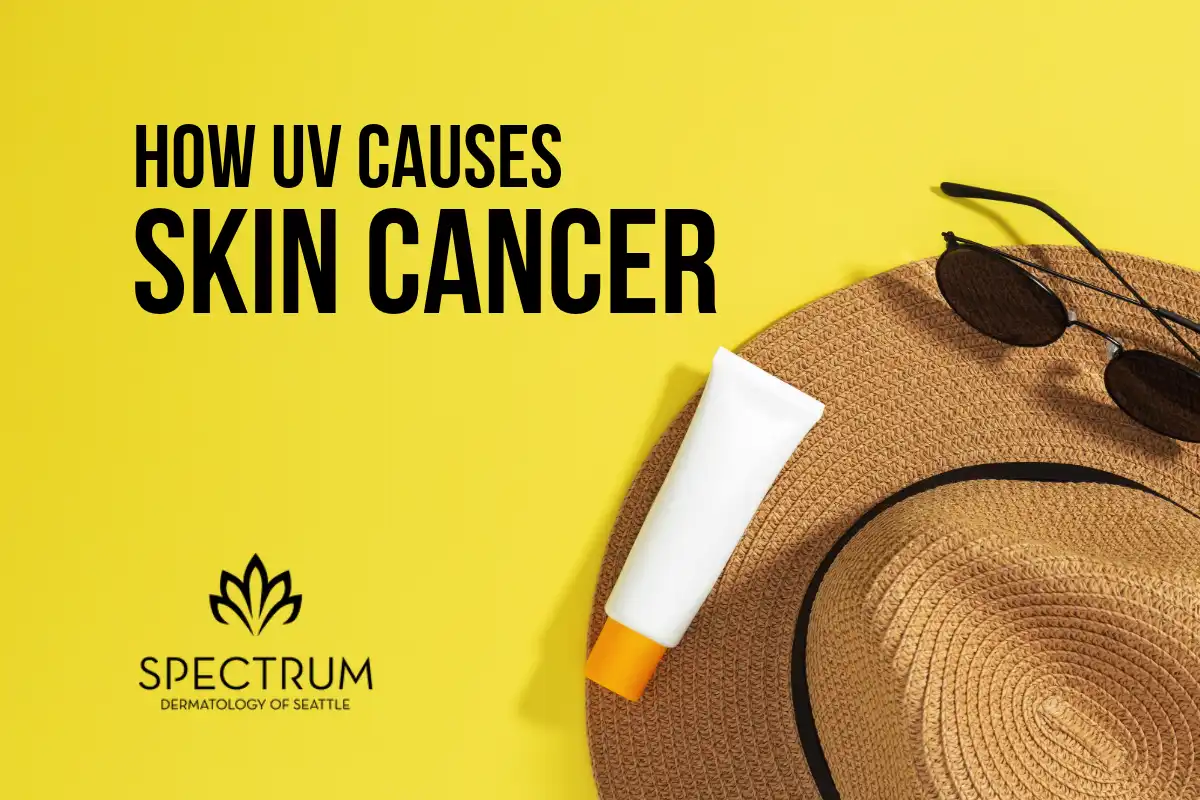
Welcome to the second of our Skin Cancer Awareness Month newsletters, where we’ll explore in some detail the mechanisms by which sunlight damages the skin and causes skin cancer. Most people know excessive sun exposure causes sunburn and tan in the short term, and photoaging and skin cancer in the long run. Understanding on a molecular level what is going on may help us understand the importance of protecting our skin from the harmful effects of sun exposure, and therefore add motivation. In next week’s newsletter we will explore sun protection more.
The sun emits radiation in the form of ultraviolet (UV) light, which is responsible for most skin damage. There are three UV wavelengths, UVC, UVB and UVA, from shorter to longer. The amount of energy in the UV radiation decreases with increasing wavelength. UVC is mostly absorbed by the atmosphere and very little reaches earth. UVB is the most energetic wavelength to reach our skin, and is absorbed mainly in the epidermis. It is responsible for most skin carcinogenesis as well as sunburn. UVA has less energy, so it causes less damage to DNA, but it causes photosensitization, such as in autoimmune conditions like Lupus, and is also an important cause of photoproducts, which promote cancer, especially melanoma. Also, because UVA is a longer wavelength it goes deeper into the skin, reaching the mid dermis. There it causes damage to the collagen and elastin responsible for photoaging in the form of wrinkles, dilated blood vessels and skin thinning.
UV exposure has both immediate and delayed effects. UV immediately induces inflammation by release of cytokines, causing the redness and swelling we know as “sunburn”. If the dose of UV is higher than the threshold for radiation injury of a cell, the cell will activate apoptosis (programmed cell death) and die. UV-induced keratinocyte injury also results in an increase in epidermal thickness. A thicker epidermis is better protection from further UV injury. With repeated lifetime exposure the thickening of the skin is progressive, resulting in the dull, “leathery” appearance of highly UV damaged skin.
DNA is the primary chromophore in skin cells (keratinocytes and melanocytes) that absorbs sunlight. When UV light hits DNA, it causes multiple types of damage, depending on wavelength and exposure duration: it causes DNA strand breakage, and generates photoproducts and free radicals or reactive oxygen species. It is estimated that one hour of peak sunlight causes over 100,000 DNA lesions per cell, mutations which can cause cancer (Mol Cell. 2010 Oct 22; 40(2): 179–204.). UV damages DNA primarily by forming “dimers”, of which there are two main types: CPD (cyclobutane pyrimidine dimers) and 6-4PP (6-4 photoproducts). These lesions distort DNA and disturb the replication process. The reactive oxygen species created by UV directly damage DNA structure, and disrupt DNA replication and transcription, inducing oncogenic (cancer causing) signaling pathways. The damage on a molecular level caused by UV exposure is varied, massive, and cumulative.
Skin cells have evolved mechanisms to counteract the damage caused by UV exposure, including damage signaling pathways and repair mechanisms, but these mechanisms can be overwhelmed by the amount of damage, and the efficiency of these repair mechanisms diminish with age. UV exposure also suppresses the immune system in the skin, diminishing the body’s defense against mutated, oncogenic cells. Sun damage is cumulative, and the more damage accumulated the higher the risk of skin cancer. The accumulation of UV damage sufficient to cause cancer may intersect with immune senescence, resulting clinically in a tipping point wherein despite future avoidance of sun exposure, multiple and frequent skin cancers begin to emerge.
Sunlight, although it feels warm and pleasant on the skin, is radiation, and as such is well documented to cause skin cancer. Being active outdoors is a healthy lifestyle for all ages, but this should be combined with robust sun protection measures. The effects of UV exposure accumulate over one’s lifetime, with increasing exposure resulting in increased risk. It’s never too late to reduce your risk. For more on this see next week’s newsletter.
References:
www.fda.gov/radiation-emitting-products/tanning/ultraviolet-uv-radiation, updated 8/19/2020, accessed 5/15/2024
Int J Mol Sci. 2020 Oct; 21(19): 7264
Photodermatol Photoimmunol Photomed. 2018 Jan;34(1): 13-24.
Wishing you good skin health,
Paula D Zook, MD
Board Certified Dermatologist
Owner and Medical Director
Spectrum Dermatology of Seattle, PLLC

